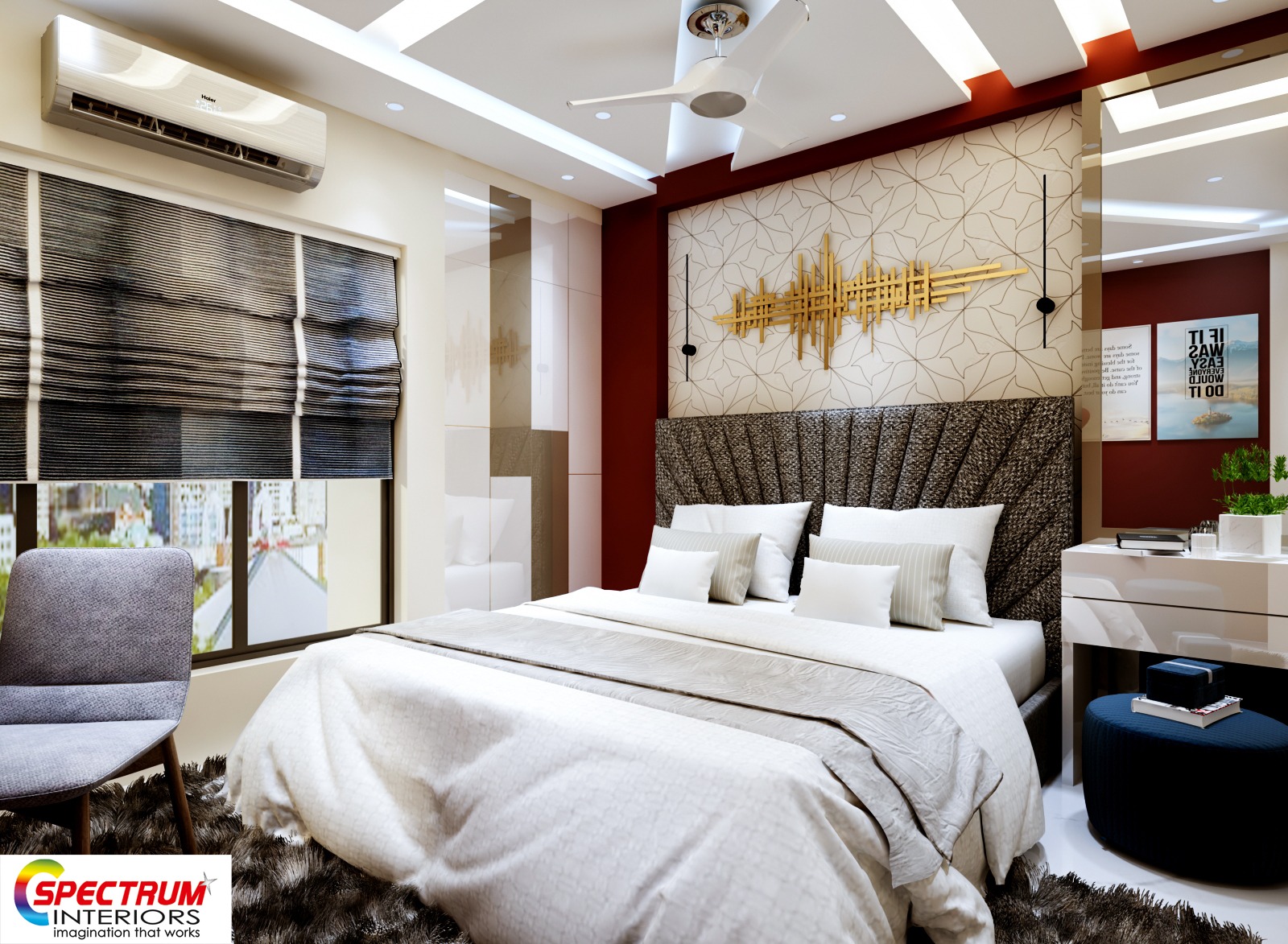Hire an expert Architecture Firm for residential and commercial projects.
Hire an expert Architecture Firm for residential and commercial projects.
Blog Article
Change Your Home With Essential Principles of Interior Layout and Aesthetics
By comprehending the influence of color theory and the significance of texture and patterns, one can create areas that are not only aesthetically appealing yet additionally deeply individual. Achieving this balance entails even more than mere decor; it encompasses a tactical plan and an eager understanding of just how each aspect engages within an area.
Comprehending Color Theory
Color concept is a basic facet of interior style that considerably influences mood, perception, and general aesthetic. Recognizing the concepts of color theory allows designers to produce rooms that reverberate psychologically with occupants while meeting practical needs (interior design firms). Colors can be classified right into 3 key types: key, second, and tertiary. Each classification plays an important role in establishing consistency within a space.
The mental impact of colors is extensive; warm hues such as reds and oranges stimulate energy and heat, while awesome tones like blues and eco-friendlies advertise peace and serenity. The usage of complementary colors improves aesthetic passion, developing striking contrasts that can boost a space's allure.
Neutral colors, on the various other hand, work as a functional background, enabling various other style elements to shine. It is necessary to consider elements such as lighting and the area's purpose when picking a shade palette, as these can alter the assumption of colors throughout the day.
Eventually, a well-considered color plan can transform an area, fostering a feeling of convenience and design that lines up with the citizens' preferences. Proficiency of color concept is, for that reason, an important skill for any type of indoor designer aiming to create harmonious and inviting environments.
Accomplishing Equilibrium in Layout
How can designers accomplish a sense of equilibrium in their spaces? Accomplishing balance in design is fundamental to developing harmonious interiors.
Unbalanced balance, on the other hand, depends on differing components that still achieve a cohesive look. This method enables more dynamic and informal arrangements, offering passion while keeping balance. By very carefully selecting varying dimensions, colors, and textures, developers can develop an aesthetically compelling area that feels well balanced yet energetic.
Radial balance highlights a main focal factor with elements emitting external. This design is commonly seen in round layouts, where furnishings and decoration produce a natural border that draws the eye inward.
Ultimately, attaining equilibrium requires thoughtful factor to consider of scale, percentage, and the partnerships in between aspects. miami interior design. By skillfully applying these equilibrium concepts, developers can change rooms into environments that really feel both cosmetically pleasing and functionally harmonious, improving the general experience for occupants
Significance of Spatial Understanding

A keen feeling of spatial understanding allows designers to recognize centerpieces within a space, assisting the audience's focus to essential features while maintaining an overall sense of unity. It click here to find out more likewise aids in the strategic placement of illumination, which can substantially influence the perception of space and state of mind. Recognizing spatial partnerships enables the designer to provide to the specific needs of residents, guaranteeing that each location serves its desired objective without jeopardizing aesthetics.
Eventually, spatial awareness is vital for making the most of the potential of any type of interior area. By very carefully thinking about the interaction in between dimensions, design, and function, designers can create atmospheres that not only satisfy practical demands yet likewise evoke a sense of comfort and elegance, enhancing the general living experience.
Incorporating Appearance and Patterns
Accepting a diverse variety of textures and patterns can significantly enhance the visual and tactile charm of an interior space. The tactical usage of numerous products-- such as timber, metal, fabric, and rock-- produces deepness and passion, making a room feel extra welcoming and dynamic. For circumstances, incorporating smooth surfaces with harsh textures can establish a balance that draws the eye and involves the senses.
When integrating patterns, think about both scale and rep. Big patterns can work as prime focus, while smaller, subtle styles can enhance various other components without overwhelming the area. Layering patterns, such as pairing floral paddings with candy striped throws, includes complexity and a feeling of consistency if carried out attentively.
It Go Here is also crucial to keep a cohesive shade scheme, guaranteeing that textures and patterns work with each other rather than compete for interest. By selecting a couple of vital appearances and patterns, you can produce a combined visual that mirrors your personal design while improving the general setting of the area. Ultimately, the careful consolidation of these aspects can change an ordinary room right into an innovative atmosphere abundant with character and warmth.
Personalizing Your Area
Producing a room that shows your character is important to accomplishing a really inviting atmosphere. Personalization in interior layout allows you to instill your one-of-a-kind design and interests right into your home, transforming it from a mere sanctuary into a shelter that talks to who you are. Begin by choosing a shade combination that reverberates with your feelings-- strong hues can energize, while soft tones supply peace.
Integrate artwork and decor that show your passions, whether it be travel, nature, or abstract concepts. Displaying individual collections, such as publications, photographs, or keepsakes, can evoke treasured memories and produce centerpieces within a space. In addition, consider customizing functional pieces, like upholstered furniture, to line up with your aesthetic preferences.

Conclusion
In verdict, the makeover of a home through the vital principles of interior layout and visual appeal demands a comprehensive understanding of color concept, equilibrium, spatial awareness, appearance, and customization. Each aspect contributes significantly to creating an unified and useful living atmosphere - miami interior design. By attentively integrating these concepts, people can enhance the aesthetic allure and psychological vibration of their spaces, eventually fostering a home that shows special identifications while providing comfort and practicality
Report this page